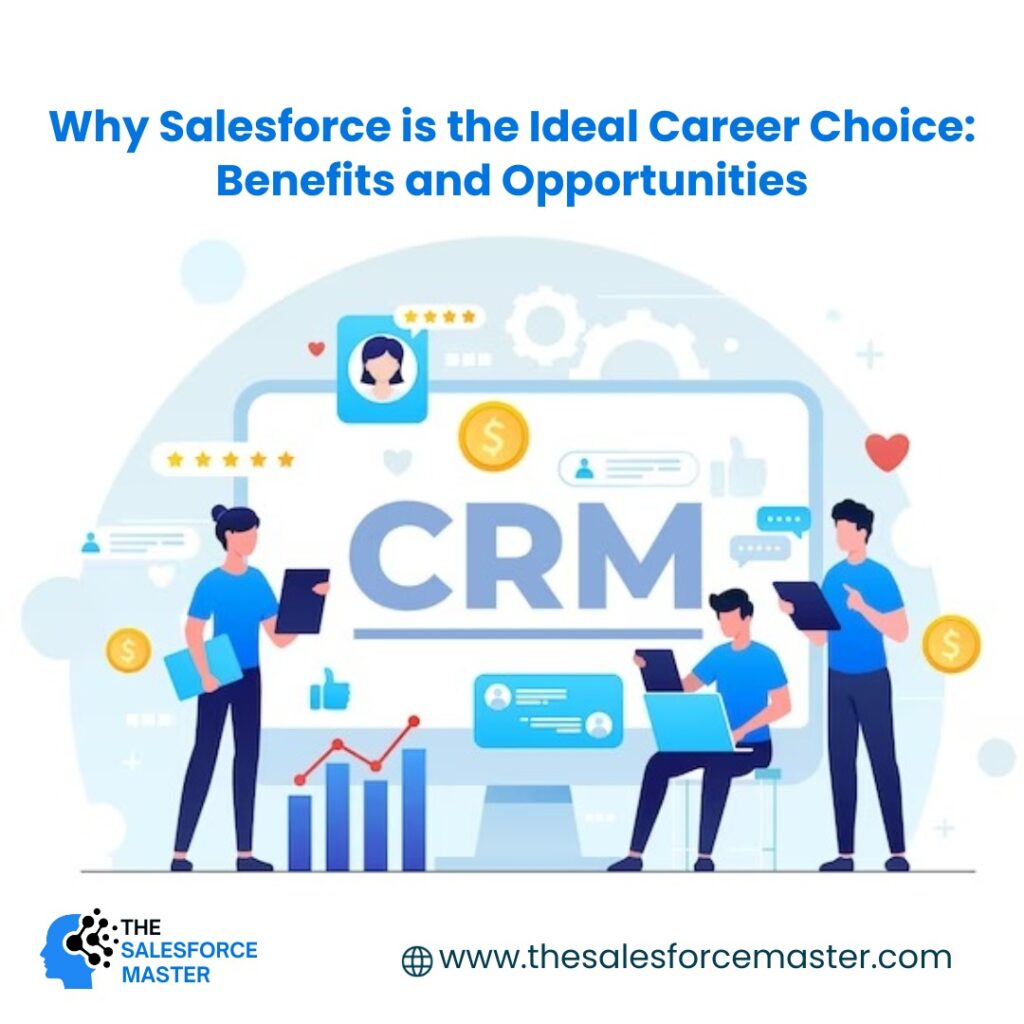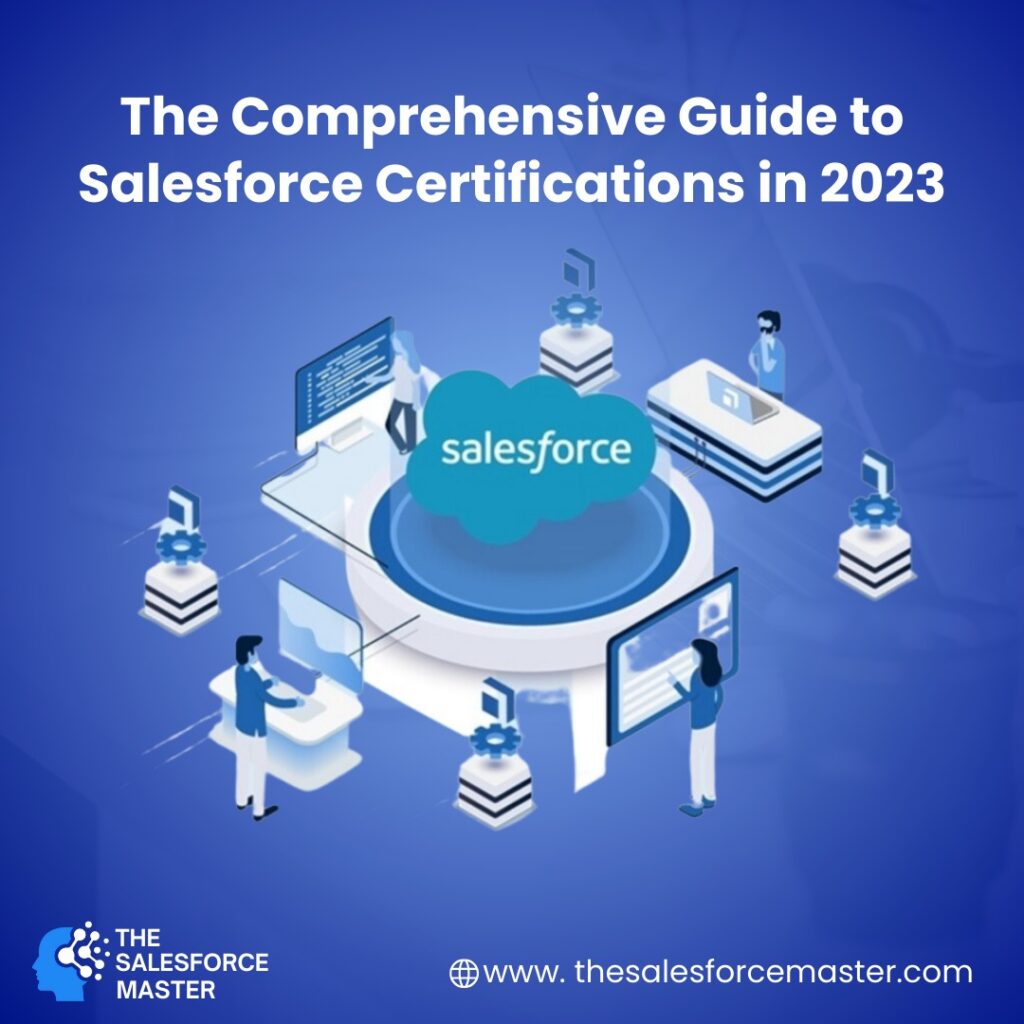
Exploring Salesforce Lightning Web Components
Salesforce Lightning Web Components (LWC) have revolutionized how developers create dynamic, modern applications on the Salesforce platform. Leveraging the latest web standards, LWC brings several benefits to developers and end-users alike. This article will explore the key features of LWC and how it enhances Salesforce development.
The Power of Lightning Web Components
Lightning Web Components harness the power of modern JavaScript and web standards. These components are lightweight and efficient, providing a significant performance boost compared to older technologies. Unlike traditional Salesforce components, LWCs are built using the latest ECMAScript standards, such as ES6+. This ensures faster rendering times and a better overall user experience.
Additionally, LWCs are more aligned with web development best practices. They utilize a shadow DOM, which encapsulates the component’s internal structure and style, preventing unintentional interactions with other components. This isolation enhances component reusability and maintainability, crucial aspects for Salesforce Marketers looking to optimize their applications.
Transitioning from Aura Components to LWCs can seem daunting. However, the benefits outweigh the learning curve. LWCs integrate seamlessly with Salesforce’s ecosystem, including Apex controllers and data services. They also offer better support for asynchronous operations, which is essential for real-time data handling in Salesforce Marketing Cloud.
Key Features and Benefits
One of the standout features of Lightning Web Components is their ability to work with Salesforce data efficiently. With built-in support for Salesforce APIs and data services, LWCs allow developers to create rich, interactive interfaces that can directly manipulate Salesforce records. This capability is particularly useful for Salesforce Marketers who need to create dynamic dashboards and reporting tools.
LWCs also benefit from improved performance due to their modular architecture. Each component is self-contained, making it easier to debug and optimize. Developers can focus on individual components without worrying about affecting the entire application. This modularity aligns well with Salesforce’s approach to building scalable and maintainable solutions.
Moreover, LWCs support the use of Lightning Data Service (LDS), which simplifies data access and manipulation. LDS provides a standardized way to interact with Salesforce data without writing complex queries or handling server-side logic. This feature streamlines development processes and improves the overall efficiency of Salesforce Marketing operations.
Implementing Best Practices
To maximize the benefits of Lightning Web Components, developers should follow best practices. First, ensure components are designed with performance in mind. Minimize the use of unnecessary DOM elements and optimize data bindings. Efficient component design leads to faster load times and a smoother user experience.
Next, leverage Salesforce’s extensive documentation and resources. The Salesforce Developer Guide provides comprehensive information on using LWCs effectively. Additionally, participate in the Salesforce developer community to stay updated on the latest best practices and trends. Engaging with other developers can provide valuable insights and solutions to common challenges.
Finally, test LWCs thoroughly before deployment. Utilize Salesforce’s testing frameworks to ensure components work as expected across different scenarios. Proper testing helps identify and address potential issues early, preventing disruptions in the user experience.
Conclusion
Salesforce Lightning Web Components offer a modern, efficient way to build applications on the Salesforce platform. By harnessing the power of web standards and best practices, LWCs provide developers with a robust framework for creating dynamic and interactive user interfaces. For Salesforce Marketers, LWCs present an opportunity to enhance applications with improved performance and seamless data integration. Embracing LWCs and following best practices will lead to more effective and scalable Salesforce solutions.

